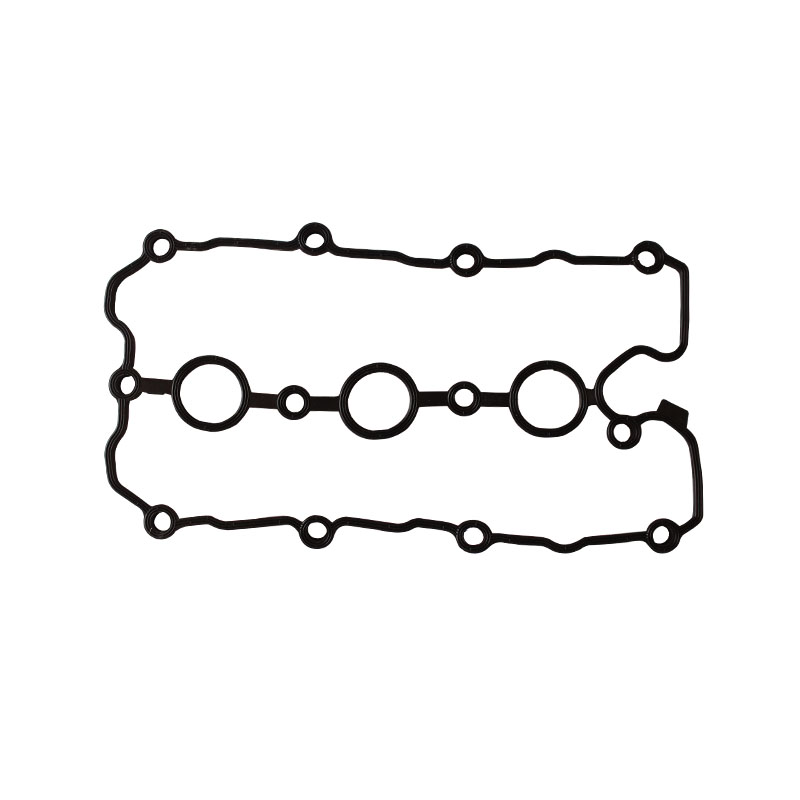M14 Oil Drain Plug Specifications and Installation Guide for Optimal Performance
Understanding the M14 Oil Drain Plug Importance and Installation
When it comes to maintaining engine efficiency and performance, the oil drain plug plays a critical role. A particularly common size found in various vehicles is the M14 oil drain plug. This essential component is often overlooked, yet its significance cannot be overstated. In this article, we will delve into the functions, specifications, and installation details of the M14 oil drain plug, ensuring that you have a comprehensive understanding of this vital part of your vehicle.
What is an Oil Drain Plug?
An oil drain plug is a crucial component of an engine's lubrication system. It serves as a valve for the engine oil reservoir, allowing for the timely and efficient draining of used engine oil during service periods. The M14 designation indicates the size of the plug, specifically threaded with a 14mm diameter. The “M” refers to the metric size specification, which is a standard in many automobile manufacturers.
Why is the M14 Oil Drain Plug Important?
1. Preventing Oil Leaks A well-fitted M14 oil drain plug helps in sealing the oil pan to prevent leaks. Over time, the plug can wear out or become damaged, leading to oil leaks that can affect engine performance and lubrication.
2. Ease of Maintenance The design of the M14 oil drain plug allows for easy oil changes. A properly-functioning plug makes the process straightforward, ensuring that the oil can be drained quickly and efficiently without significant mess.
3. Material and Durability M14 oil drain plugs are typically made from durable materials such as aluminum or steel, providing resilience against the rigorous environment of an engine. High-quality plugs also have anti-corrosion properties, which prolong their lifespan.
Specifications of the M14 Oil Drain Plug
The M14 oil drain plug varies slightly depending on the make and model of the vehicle, but there are some general specifications that apply
- Thread Size M14 x 1.5mm (standard for most applications). - Material Often made of aluminum or high-grade steel with a coating to prevent rust. - Torque Specification The recommended torque for the M14 oil drain plug is typically between 20-25 ft-lbs, but it is advisable to consult the vehicle's service manual for specific recommendations.
m14 oil drain plug

Installing the M14 Oil Drain Plug
Installing an M14 oil drain plug is a straightforward task that can be performed with basic mechanical skills. Here’s a step-by-step guide
1. Gather Your Tools You will need a socket set, a torque wrench, and a gasket or washer if your vehicle requires one.
2. Prepare the Oil Pan Before beginning, ensure that the engine oil has been drained completely. This can be done by locating the oil drain plug, removing it, and allowing all oil to flow into a suitable container.
3. Clean the Area Once the old oil has been drained, clean the oil pan and the area around the drain plug to remove any debris or old gasket material.
4. Install the New Plug Insert the new M14 oil drain plug into the drain hole. If a gasket or washer is required, ensure it is placed correctly.
5. Torque the Plug Using a torque wrench, tighten the oil drain plug to the manufacturer-recommended torque specification. This ensures a proper seal without over-tightening, which can lead to stripping the threads.
6. Finalize After the installation is complete, refill the engine with fresh oil. Start the engine and check for leaks around the oil drain plug to ensure a proper seal.
Conclusion
Understanding the M14 oil drain plug is essential for maintaining your vehicle's health and longevity. Regular checks and timely replacements can prevent leaks and ensure effective oil changes. Whether you are a seasoned mechanic or a DIY enthusiast, knowing how to handle this small but mighty component can greatly benefit your engine's performance. Always refer to your vehicle's manual for specific instructions related to your particular make and model. Keeping your oil drain plug in top condition is a simple yet effective way to ensure your engine runs smoothly for years to come.
-
The Ultimate Guide to Car Repair Kits: Tools and Essentials Every Driver Should Own
News Aug.01,2025
-
The Complete Guide to Oil Pan Gaskets: Sealing Engine Leaks the Right Way
News Aug.01,2025
-
Preventing Oil Leaks: A Complete Guide to Oil Pan Gaskets and Drain Seals
News Aug.01,2025
-
Everything You Need to Know About Oil Pan Gaskets and Drain Plug Seals
News Aug.01,2025
-
Essential for Car Owners: How to Use a Car Repair Kit to Deal with Minor Breakdown
News Aug.01,2025
-
Comprehensive Guide to Engine Oil Sump Gaskets and Related Seals
News Aug.01,2025
-
The Ultimate Guide to Boat Propeller Bearings and Trailer Wheel Bearings
News Jul.31,2025
Products categories















